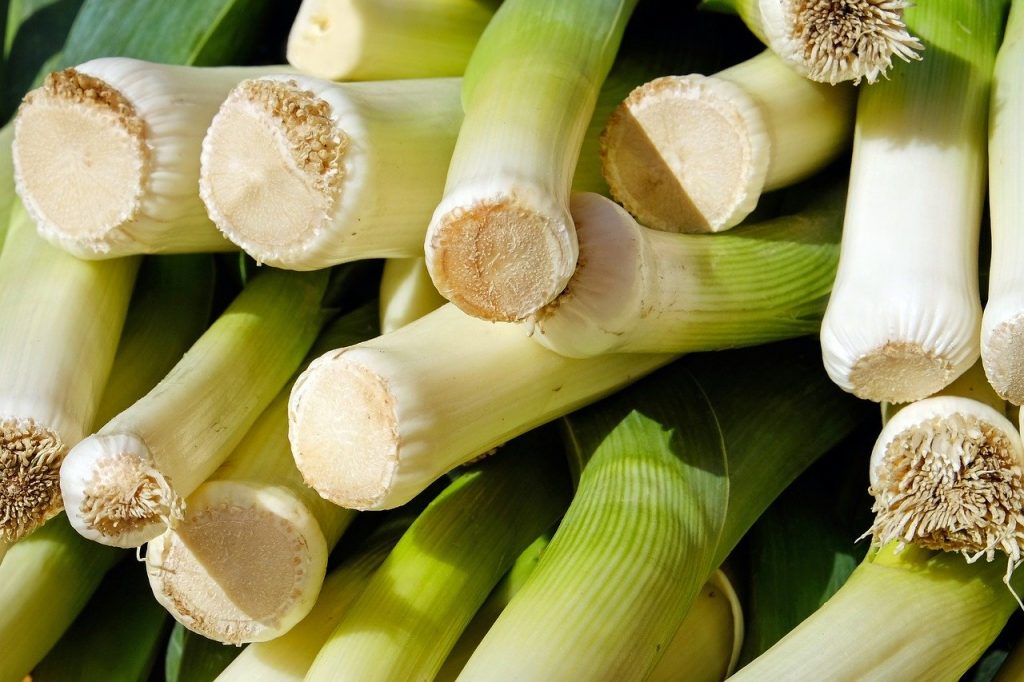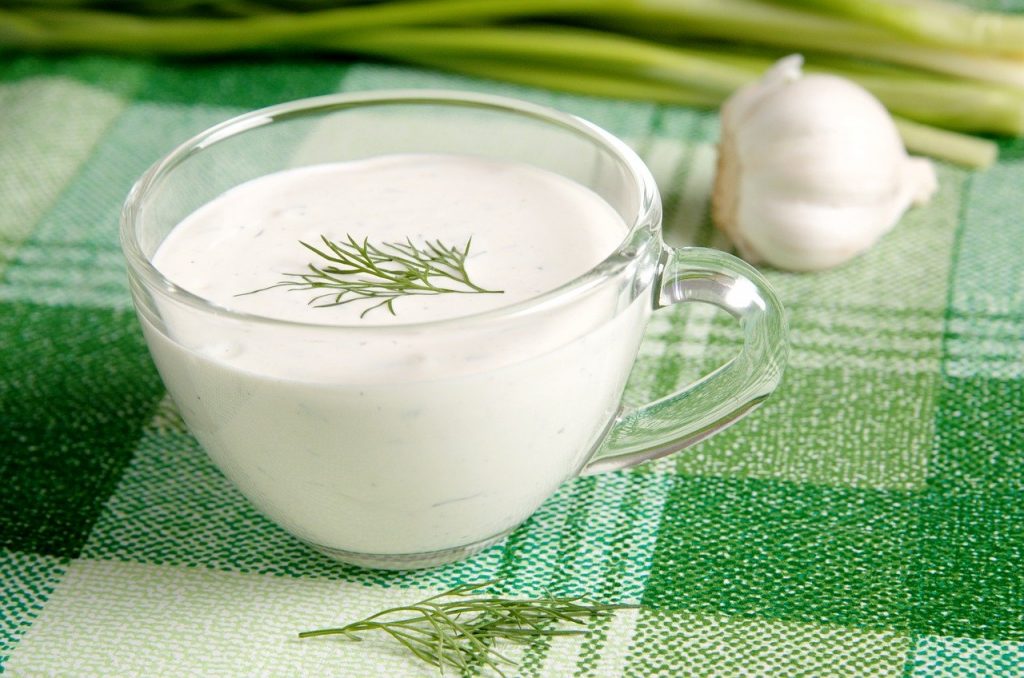[Article updated on 19/09/2023]
Small winter dishes are often synonymous with slow-cooked dishes, tasty, comforting but rich in energy!
As a result, as we also do less physical exercise because it is cold, there is less sun… our body suffers: difficult digestion, restless nights, less energy and often an increase in the scale. ! This is not inevitable, if you put in place a few good reflexes that will allow you to preserve your figure and achieve your slimming goal!
Concretely how to lighten your plates while keeping the flavors and comfort winter dishes?
Focus on seasonal vegetables!
They will provide you with fiber, good for transit, and fill you up faster, and also provide you with vitamins and minerals!
At fresh section, also frozen or canned (rinse them well), we opt for seasonal vegetables: carrots, endives, leeks, onions, lamb’s lettuce, salsify, celeriac, sweet potato, Jerusalem artichoke, mushrooms, chard… But also parsnips, beets, celery, cabbages, squash and turnips.
YOU can prepare them, without adding salt, steamed seasoned with a drizzle of olive oil, pan-fried with herbs (onions, garlic, thyme, bay leaf, rosemary, etc.) and/or spices (curry, paprika, saffron, turmeric…), in gratin, in pie, simmered with meat or with fish in foil!
Play with colors to brighten up your plate (at least 3) and flavors!

Favor low glycemic indices, legumes and semi-complete or complete cereals!
Cooked potatoes have a high glycemic index, it is better to cook them with the skin on but the ideal would be to replace them with whole grains (pasta And rice whole grains, red rice, barley, quinoa) richer in minerals, proteins and carbohydrates with a slower glycemic index, which provide you with energy for longer.
They can also be replaced by legumes (lentils, chickpeas, peas, etc.) rich in protein which fills you up well. You can also combine cereals with legumes and add vegetables and you will have a complete dish, low in saturated fats but rich in good quality proteins and slow carbohydrates.
For example :
- lentils + wild rice and melted leeks instead of lentils and sausages or use pork shoulder (less fatty) to replace the sausages,
- light couscous version: semolina + chickpeas and chicken breast marinated for 10 minutes with lemon, garlic and olive oil and browned in the pan.
We lighten the sauces
Replace béchamels and other creams with tomato or mushroom coulis in gratins and on pasta or make a light béchamel with cornstarch (1 tbsp for 125 ml milk) and 2 tbsp oil to make the roux and just a knob of butter for flavor at the end of cooking, pepper and a little salt.

We choose your protein sources: watch out for fatty meats high in saturated fats!
If you use pieces such as beef tendon or prime rib, veal flank, lamb shoulder and neck, prefer skinless poultry, hams and pork cheeks, duck breasts, white meats, rabbit. , duck, goose, pieces of scoter, cheek or flank steak for beef.
We stay gourmet and adapt winter recipes without sacrificing flavors!
Be gourmet and informed consumer: make the most homemade possible !
Do your vegetable or chicken broth (which you can defat) there will be no addition of glucose, thickener or other flavorings not chosen!
Replace the puff pastry of your sweet and savory tarts with homemade shortcrust pastry.
Use rather mozzarella or parmesan instead of gruyere with pasta cooked “al dente” (best glycemic index).
Cook with all your senses! Smells, tastes, sight, sounds!
Take pleasure: use aromatics for smells and flavors: onion, garlic, thyme, bay leaf, rosemary, pepper, cloves cloves, nutmeg and spices for color: curry, paprika, turmeric, cinnamon…
Some winter dishes that you can taste in a lighter version but not in taste!
- Tartiflette: melted onions with endives braised with a little white wine, add diced ham and reblochon and put in the oven.
- Light stew: we use turkey legs, without the skin, simmered in broth for an hour over low heat, to which we add the vegetables for thirty minutes. Serve with a little mustard.
- Sea lasagna with salmon, fresh spinach, button mushrooms, mozzarella and milk and cornstarch béchamel, nutmeg.
- Sea sauerkraut with mussels cooked with a little juice and cream, haddock and poached cod, grilled prawns, shallots in which you brown your cabbage with pink berries for a quarter of an hour.
- For stew dishes (beef bourguignon, etc.), use cornstarch instead of flour, choose less fatty meats and remember to prepare it the day before, refrigerate it for a while then degrease it. It will be even tastier reheated but will be lighter and more digestible! .
Don’t hesitate to innovate and test new recipes, flatter your eyes, your nose and your taste buds! The more pleasure you have, the quicker you will be full!
